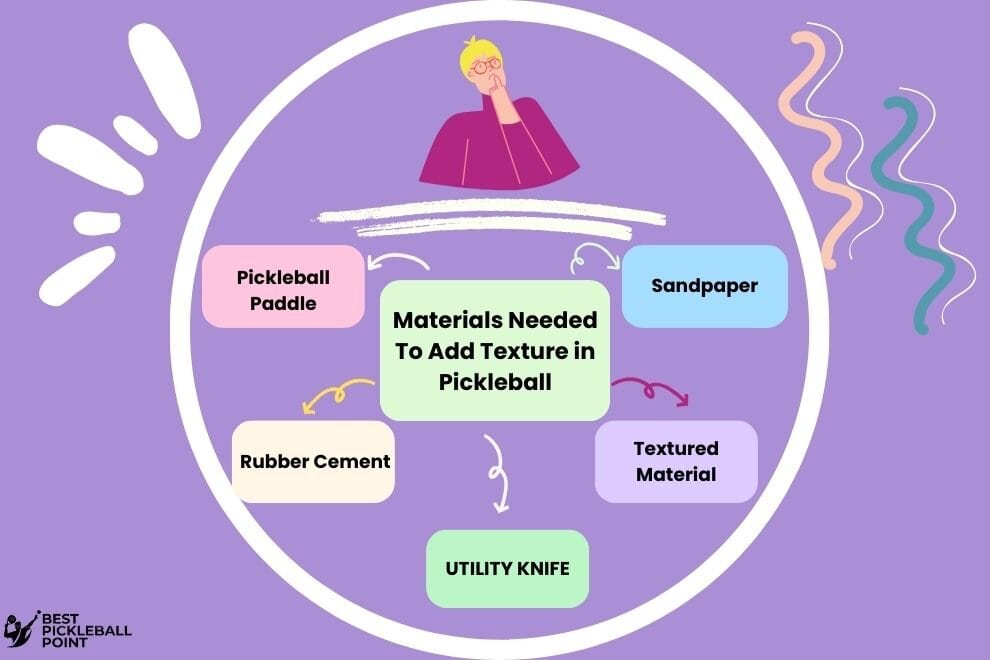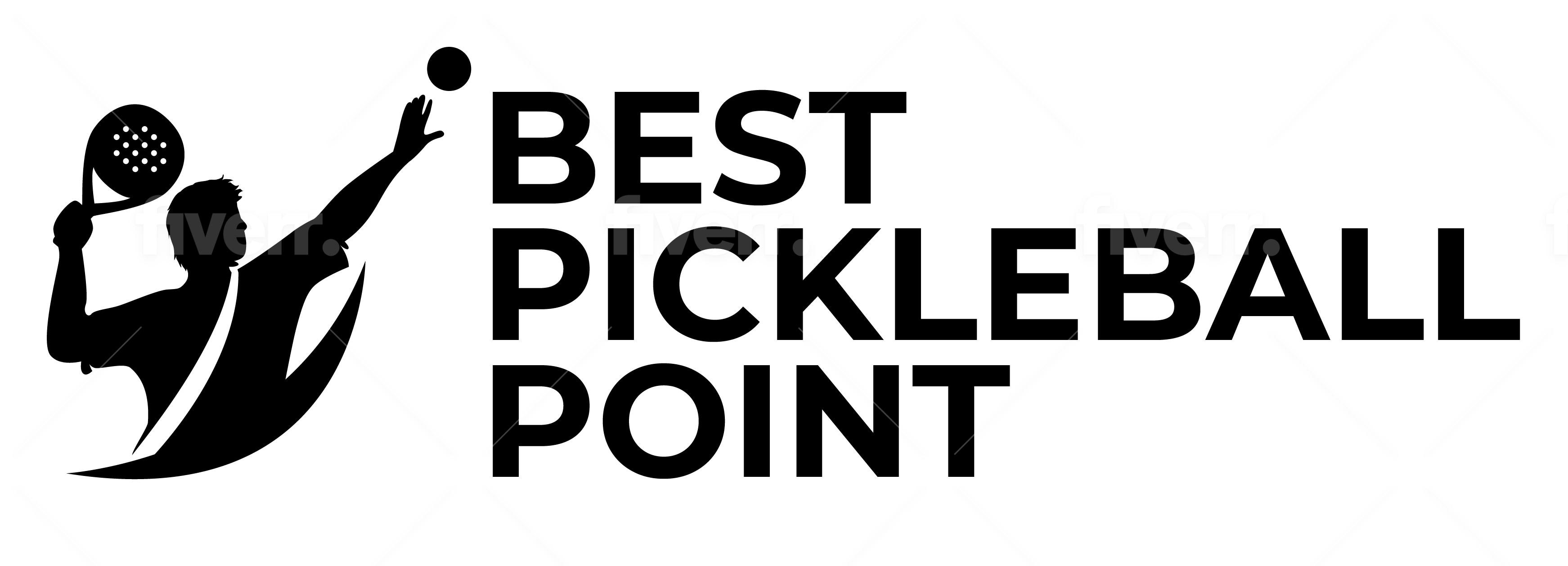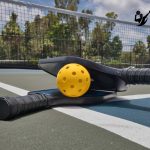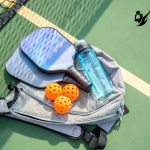Pickleball has gained so much popularity in recent years. To become professional in pickleball, you need the right equipment, and a key piece is your paddle. Many players always prefer a textured surface on their pickle pedals. A textured surface helps to increase the grip and control. If you want to know how to add texture to the Pickleball paddle, here’s a step-by-step guide on how to do it.
Initial to Expert Level Guide of How to Add Texture to The Pickleball Paddle
Paddles are an important part of pickleball. In recent years, people have used paddles made of wood. But as this game became famous, new and higher quality paddles were also introduced. The trend of using paddles started at that time. Here a question raise that, why we should use it and is it the best option to use paddles in your pickleball? Our article is going to explain each possible aspect of this. Let’s have a look:
Why Texture Matter?
If you use lead tape on the sides and corners of the paddles it can help to reduce the weight, strength, durability, and grip of the paddles. The second answer of its usage, of course, you are allowed to add texture to the paddles. Its application applies to the handle and frame (invention). You can only change the texture on its surface.

Texture improves your control and maintains the grip of your hand. This is essential on hot summer days when you get sweat on your hands. It removes to slip and makes your shots perfect. Texture also enhances your shot’s spins.
Rules
There are strict rules about the composition of four paddles. Your paddle should not be reflective in any way. It must be made of a hard and non-shrinkable material. The surface roughness must also be very precise according to USA Pickleball Association standards.
Materials Needed
Before adding texture, let’s gather its required material:

Steps to Add Texture
Let’s learn how to add texture to Pickleball Paddle with us. Here are the necessary steps:
1. Prepare Your Work Area
You need an outdoor workspace. Indoor space also can be used as an option but we’ll prefer outdoor because of its being well-ventilated. It will also help to inhale easily near the rubber cement fumes. Lay down a rough cloth on the earth. You can also use old newspapers and a few covering materials to catch any excess texture. This makes your work easier and no mess will create.
2. Sand the Paddle Face
Prepare the surface of your pickleball paddle before applying the material to it. Use medium-grit sandpaper. Mostly 120 to 220 grit is used the most and lightly sand the area of the paddle where you want to add texture. This sanding serves two purposes:
- It roughens the surface, creating a better bonding surface for the rubber cement.
- It removes any dust, dirt, or residue that may prevent the structural material from moving properly. Be thorough but gentle during this step. You want to rub the surface, not damage the paddle.
3. Apply Rubber Cement
Once you’ve sanded the face of the paddle, you’ll need rubber cement to create a layer for your Paddle material. Simply, apply a thin layer of rubber cement to the sanded part of the paddle. You don’t need to make a thick layer of cement. A thin texture can make the texture apply unevenly. Allow the rubber cement to dry for about 15-20 minutes. Make sure it should not be wet until it is dry. This tightness will help the texture material stick to the paddle.

4. Apply structure material
You can customize your paddle grip as you like. You can choose any kind of structural material according to your thoughts. Remember one thing, choose that thing that can provide a good grip. While the rubber cement is still sticking, spray your chosen texture material again on the stickiness. You can apply it as a simple grip. Create a pattern for extra grip and style is optional. Common texture materials include sand, ground-up rubber from old paddles, or special grip tape.
5. Press and flatten
After applying the texture material, you have to press it down to make sure it runs well. Use your hand or a clean flat object (such as a piece of cardboard or a small wooden board) to gently press down on the textured material.

6. Trim the extra material
It’s important to make sure that your paddle must stay within the regulation size. So you’ll need to trim off any excess texture material. Use a utility knife or a pair of sharp scissors to carefully trim away excess texture material. Pay attention to edges to maintain a clean and professional appearance.
7. Allow to Dry
Let your paddle for at least 24 hours. This waiting period ensures that the rubber cement and build-up material have enough time to bond properly. After some time it will be combined perfectly. But it will take time to fully dry.
8. Test and adjust
Before taking your newly constructed paddle to the pickleball court, it’s important to test it first. Take some practice shots to see if the extra texture suits your playing style. Pay attention to the grip and how it feels during your shots. If you find that the structure is not meeting your expectations, you can make adjustments. You can choose to add more texture material or change the pattern to achieve the desired grip and feel.
By following these detailed steps, you can successfully add texture to your pickleball, increasing your grip, spin, and control on the court. Patience during the process is essential to ensure a professional-looking and effective edit.
What is pickleball paddle texture?
The texture of the pickleball paddle means that it is felt by the touch of your hand. This includes design, materials, or modifications to enhance paddle grip and control during the game. This structure can help players to maintain grip on the paddle. It is also helpful to create spin on the ball and reduce vibration. Pickleball paddle texture leads to better performance on the pickleball court.
Benefits of How to Add Texture to Pickleball Paddle
Increasing the texture of your pickleball paddles can provide players with several important benefits. Some of the benefits of having textured paddles are:

- Improved Grip:
One of the primary benefits is the improved grip provided by textured surfaces. This improved grip is especially useful in hot conditions, as it prevents the paddles from slipping out of your hand during intense rallies.
- Better Control:
The texture of the paddle face allows for better control of your shots. You can make your shots more precise. Better control can make it easier to place it where you want it on the court. The texture creates more friction on the ball. It allows you to add spin to your shots. This can be a game-changer in pickleball, making it difficult for opponents to predict the speed of your shots.
- Reduced Vibrations:
The structure of the paddle can help reduce vibrations from ball impact, making it more comfortable to play for longer periods. It reduces shock and stress on your hand and arm. Adding texture to your paddle allows you to customize your equipment to your playing style and preferences. You can choose the type of texture and its intensity, creating a paddle that feels perfect for your game.
- Styling Options:
You can create unique patterns or designs on your paddle that reflect your personality and style, making your equipment easily recognizable. To summarize, adding texture to your pickleball paddle offers many benefits that can improve your gameplay, from better grip and control to personal style.
How to Set Up Your Paddle?
The first step in setting up your paddle is to choose the right one. Paddles come in different materials, shapes, and sizes, so it’s essential to consider your playing style when selecting one. Your paddle’s grip can have a significant impact on your game. There are two common grip types: over grip and replacement grip.

Once you’ve decided on a grip type, it’s time to customize as you can. Don’t be afraid to experiment with grip thickness and texture. You can add color combinations also. Finding the best color is a piece of fun. After that, it’s high time to cover the edges or corners with the help of tape.
Tape on the corners prevents damage. Lastly, check the regulations to set up your paddle in a good manner. This is how you can make it successfully done.
Frequently Asked Questions
What’s the ideal workspace for this process?
For easy cleanup, work outdoors or in a well-ventilated area, and use a drop cloth or old newspaper to catch any mess.
How long should I let the paddle dry after adding texture?
Leave the pickleball paddle for at least 24 hours to dry. It will be combined strongly. Try to keep it away from water or it will take longer to dry again.
What materials can I use for adding texture to my paddle?
You have a variety of materials to choose from, including sand, ground-up rubber from old pedals, or special grip tape. Your decision should be based on your preferences for texture and grip.
Conclusion
How to add texture to the Pickleball paddle is a simple process that can significantly increase your performance on the court. Whether you choose a custom design or a traditional grip, the improved grip, spin, and comfort you’ll experience will undoubtedly be worth the effort. So, get ready to roll up your sleeves, follow these steps, and dominate the pickleball court with your newly designed paddle!







